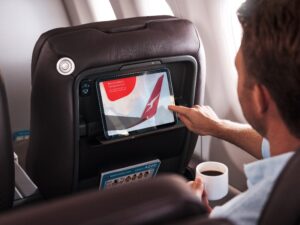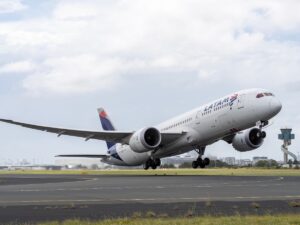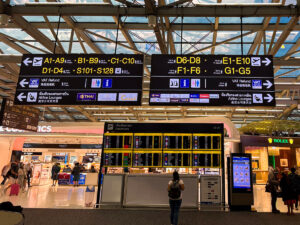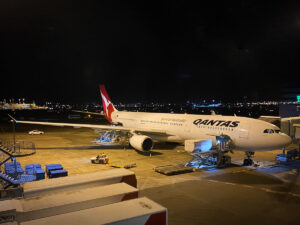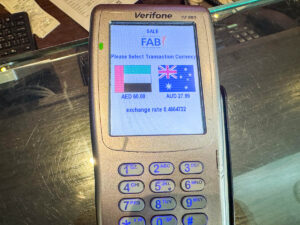Ever been offered the opportunity to pay in Australian dollars while shopping overseas or on a foreign website? Chances are, you’ve been exposed to “dynamic currency conversion”. You might think that the merchant is doing you a favour by converting the price to your native currency, but the reality is that they’re probably ripping you off! It may sound good, but dynamic currency conversion is a practice where the merchant converts the price to your local currency at a rate which very much favours them.
This week one member warns others about the disadvantages of dynamic currency conversion after experiencing the practice while booking a ticket with our very own national airline.
Perhaps a warning to others. In this case I’ve just purchased an airfare from Qantas from AKL-ADL. The total price was NZD677.20, paid by visa. The visa travel tools tells me that 1 NZD = 0.988379 AUD, (the inverse is 1 AUD = 1.01175 NZD). That should mean that I need AUD 669 to get NZD 677. (I think) Ignoring fees, my card should be charged AUD669 to cover the fare.
The Qantas website offer to charge me AUD 695.96, at a conversion rate of 1.0277).
In this case, paying in Australian dollars would have cost an extra $27. This does not include the credit card’s foreign transaction fee that would likely be charged, even though the payment was made in Australian dollars, as the transaction was made overseas. While it’s acknowledged that paying by credit card may attract fees too, the fees would overall be significantly lower.
Other members concur that the pitfalls of dynamic currency conversion should not be taken lightly. But some members go one step further, pointing out that certain credit cards do not charge foreign transaction fees at all. One such card is the popular 28 Degrees credit card.
Always let the bank do the conversion and not the merchant. So always local currency. And with the 28degree mastercard, the conversion rate is what you see on the currency exchange websites.
It’s certainly not just Qantas that engages in the practice of “Dynamic” currency conversion. Most airlines and countless online shopping sites around the world try to make a little bit of extra cash using this method. In addition, overseas travellers may be offered the “opportunity” to make the transaction in Australian dollars when paying by card in-store or withdrawing cash from a foreign ATM. In all cases, the advice of our members is clear: Dynamic Currency Conversion is best avoided.
Join the discussion HERE.



